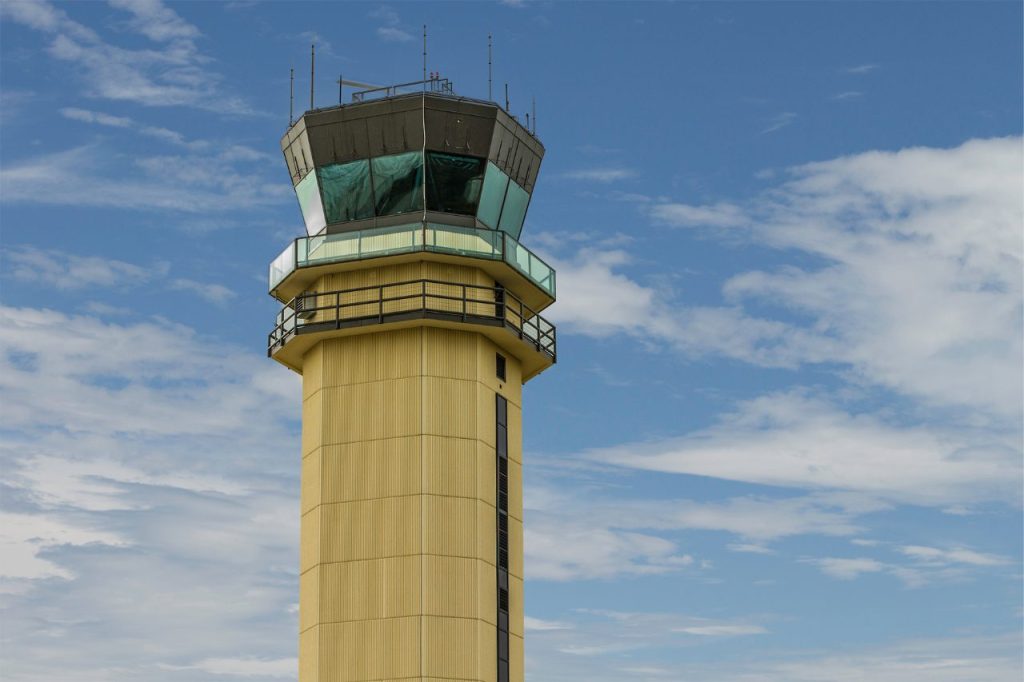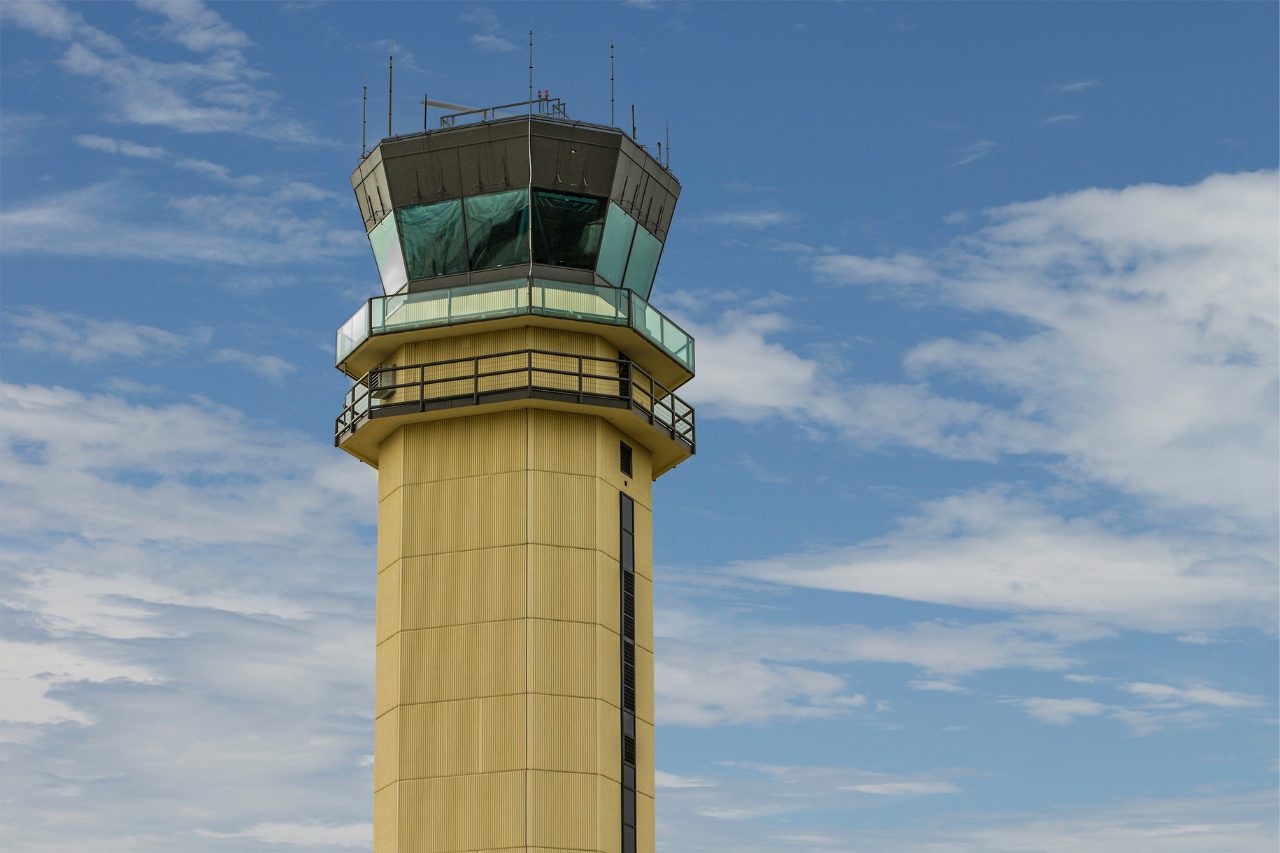Think back to the last time you were standing in an airport, looking at the departure screen, and saw dozens of delays pop up across flights to all destinations. As a result, you’d see hundreds of disgruntled passengers, crowded airport restaurants, and anxious parents. Even worse, your flight was on time, but because of the chaos caused by other delays, your plane isn’t going anywhere regardless of whether it’s ready.
It is maddening to get delayed in an airport due to another delayed flight having a domino effect on your journey. Even more maddening and heartbreaking is to have your multi-year, complex, blood-sweat-and-tears-filled transformation project get delayed six months because of a collision with another parallel project.
Running multiple parallel projects within an organization is akin to running an airport. Collisions will happen if you don’t actively manage and coordinate what and when each plane does. Key people can be unexpectedly whiplashed from one competing demand to another. Funding can get spread too thin. Different go-live dates can collide with each other.
To avoid this chaos in your business transformation initiative, it’s a good idea to invest effort into interdependency air traffic control.

Good Habits of Interdependent Project Management
Everyone appreciates the value of avoiding collisions among projects running parallel to each other. But effectively implementing controls to avoid those collisions does require adhering to some good habits.
Good Habit #1: It’s Never One-And-Done
It is common to go through an exercise early on during project mobilization to identify interdependencies and potential conflicts. But as much as this is a best practice, doing so only once is insufficient. Interdependent project management requires constant detective work.
Depending on the size of your organization, unexpected changes, shifts, or problems can come out of the woodwork. Different functional and technology groups constantly identify various needs that require new projects. For example, distribution and logistics might shift logistics carriers and distribution routes without notifying the organization at large. If you happen to be in the middle of a supply chain technology upgrade project, well, you might have to do some rework now.
The macroeconomic backdrop can also shift. New laws can come into play. New market conditions can throw a project off course. M&A activity might add or remove operating companies. Wars or embargos could suddenly require rerouting of supplies.
How to Mitigate: After making the initial identification of interdependent projects, create a standing forum – a council, board, fellowship if you must – but some mechanism to meet regularly and keep in sync about any new developments or changes across all of the projects. Because, in most instances, there is no central authority to manage all of the flight plans, the project teams must link arms to create this alliance through a bottom-up approach for everyone’s collective success.
The participants should be the project leads, design leads, solution architects, and the like. In essence, you need a core group of knowledgeable people who can collectively create an understanding of how all the interdependent projects affect one another. This shouldn’t become a conference, but it needs the right experts to integrate the necessary information.
Make it an open invitation so that those leaders are also invited to participate and leverage the information exchange as any new projects are identified. You must constantly ask if anything new has started or anything existing has changed, especially if you have a large organization. In doing so, you can collectively adjust your flight patterns before there’s a backup on the runway.
Good Habit #2: Clear Understandings Lead to Clear Solutions
When identifying interdependent projects, the information you initially get is high-level and vague. “It’s a network optimization project,” or “They’re upgrading the customer service system,” or “They’re changing the artwork on the labels.” You might get a timeline and the locations in scope, but that’s not enough to fully understand the potential impact. Without taking a deep dive to understand the scope of products, locations, people, systems, integrations, and data that are impacted by a given project, you won’t have enough information to determine if you need to adjust your design, timing, or resource allocation to mitigate any potential impact. Saying “we’ll keep an eye on it” is simply not enough.
How to Mitigate: Prudence and caution warrant a mindset that, until proven otherwise, it is better to assume that an identified parallel project will have some impact. To get the proof, you must identify the right points of contact within the interdependent projects which can keep you informed about scope, timelines, resources, costs, and, yes, their risks and issues. And this goes both ways. It’s just as important to educate other project teams about your scope, timeline, constraints, and risks so they can assess what that means to them. By clearly understanding each other’s work, you can formulate the appropriate solution in the event of overlap or conflict.
In some cases, you may need to adjust your design. In others, the other project is better situated to do so. Sometimes you may need to shift your go-live dates. Other times they have to. If you’re sharing the same overextended resources, you may need to find some compromise or horse-trade key contributors. Effective interdependency mitigation requires a close partnership and understanding of each other’s work and willingness to accommodate one another.
Good Habit #3: Staying Aware of the Knock-On Effect
Consider this scenario: You’re monitoring ten parallel projects and are certain that none of them impact your go-live timing. One of them has a delay, but it doesn’t impact you. Does that make it so that all is quiet on the interdependency front? Maybe not. It’s important to ask a follow-up question: does the delay impact any other projects? What frequently happens is analogous to a car-pile up: one car suddenly stops, the second behind it crashes into the first, the third dodges, which causes the fourth to break suddenly and the fifth to hit, and so on.
So too, in this example. Suppose one of the parallel project’s delays impacts another parallel project. In that case, the impacted project’s forced secondary correction can now become a critical path risk to your timeline. You can extrapolate this beyond the second-degree effect to third, fourth, and beyond, depending on the size of your organization. But it’s not just timelines. Delays in the deployment of a key new capability that other projects are designing for would require either change to their design or a deployment delay. For example, if there is a project in flight concerning a significant change to financial processes or legal structure, which all other operations-related projects must take into account, any delay in that financial reorganization will significantly impact those contingents on financial design. And if your project happens to need any of those to go live before you do, you might be in trouble.
How to Mitigate: Once you identify your universe of interdependent projects, you must use your collective forum as the air traffic control tower to watch out for such domino effects and cascade collisions proactively. A little bit of advanced contingency planning is never a bad idea. Rather than purely looking at direct impacts upfront, combine the analyses from different perspectives to understand the web of interdependencies you have amongst your group. Doing so creates a portfolio-level forward-looking contingency plan that allows you to plan for what-ifs well in advance. And while not everything can be proactively prevented, quite a few things can be mitigated or have alternate landing paths ready to be activated if you have to pivot.
Share The Friendly Skies
Including interdependent projects as part of your integrated deployment plan will help you to better control your destiny without being at the mercy of surprises. Moreover, creating proactive interdependent project governance will enable you to better calibrate your scope, budget, and timing, as well as allow the organization’s project ecosystem to collaborate better and partner to avoid unnecessary collisions. Ultimately, understanding the direction of your fellow travelers allows everyone to get where they need to be more quickly.
Share:


